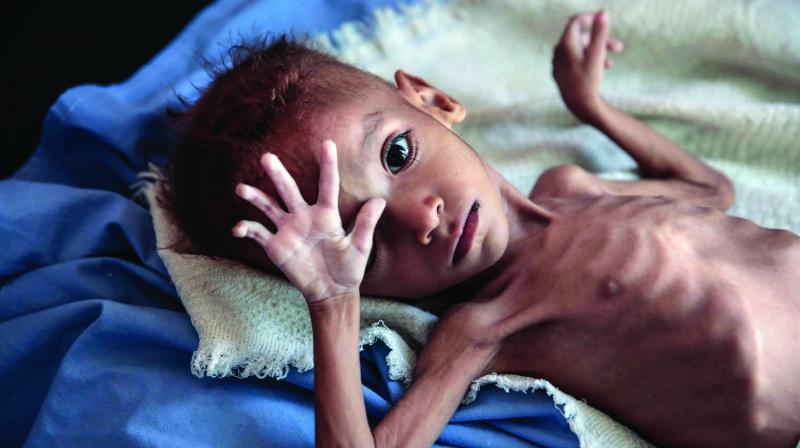Child malnutrition is a serious problem in the global scenario that involves millions of lives, especially from the developing nations. It is a condition developed as a result of poor nutrition intake, and it results in serious health consequences, including stunted growth, weakened immunity, and poor brain development. Malnutrition comes in the forms of undernutrition, micronutrient deficiency, and overnutrition, all of which have adverse implications on the health of children. Malnutrition requires a multi-component approach, whereby the government, health centers, and communities join hands to provide children with nutritious food for a healthy life ahead.
Types and Causes of Malnutrition
Malnutrition among children can be generally categorized under three heads:
Undernutrition: Wasting (low weight-for-height), stunting (low height-for-age), and underweight (low weight-for-age). They are caused by inadequate food consumption and chronic infection, which disrupt normal growth and development.
Micronutrient Deficiencies: Deficiency in key vitamins and minerals like iron, vitamin A, iodine, and zinc can cause serious health issues. For example, iron deficiency results in anemia, which impacts mental ability and physical development.
Overnutrition: Undernutrition is a huge problem in the developing world, but overnutrition in the shape of obesity due to excess calories is rapidly on the rise among urban dwellers. Childhood obesity has health consequences in the long term in the shape of diabetes, hypertension, and cardiovascular disease.
There are a number of reasons why children are malnourished. Poverty is the largest reason because it limits the availability of quality food and health care. Inadequate breastfeeding practices, inadequate maternal diet, inadequate child feeding skills, and food insecurity worsen the situation. In addition, diarrheal and pneumonia infections leach a child’s body of precious nutrients and increase malnutrition.
Effect on Malnutrition
Malnutrition affects children’s physical and mental development differently. Having an effect on physical development, one of the effects is short stature, which results in decreased height and increased susceptibility to disease. Malnutrition weakens children’s immunity, and they are susceptible to disease. Malnutrition impacts mental aspects, and the ability to learn is decreased, education is lost, and future prospects are diminished.
Apart from that, malnutrition also has long-term economic consequences. Malnourished children will be less productive in the future, and the cycle of poverty persists. The healthcare cost on the treatment of malnutrition-related diseases places additional economic burdens on governments and families.
Solutions and Interventions
Treatment of malnutrition requires a multidisciplinary approach with different stakeholders. Some effective interventions are:
Encouraging breastfeeding: Exclusive breastfeeding in the first half of life gives a child the nutrients and antibodies it needs to develop.
Nutrition programs: Governments need to have food fortification programs, vitamin supplements, and school feeding programs so that children get proper nutrition.
Improving health care access: Immunization, deworming, and treatment of infections avert diseases that cause malnutrition.
Community education: Educating parents about proper nutrition and hygiene can lower malnutrition by a considerable percentage.
Economic empowerment: Providing poor families with employment opportunities and social protection schemes can aid in the achievement of food security.
Conclusion
Child malnutrition is a chronic public health problem, but it is preventable and treatable. It must be eliminated through the combined efforts of the government, NGOs, and the community. Nutrition, health, and education can be employed to provide children with an opportunity to recover and become productive members of society. The battle against malnutrition is not so much a matter of feeding children as it is an investment in the future of generations.



